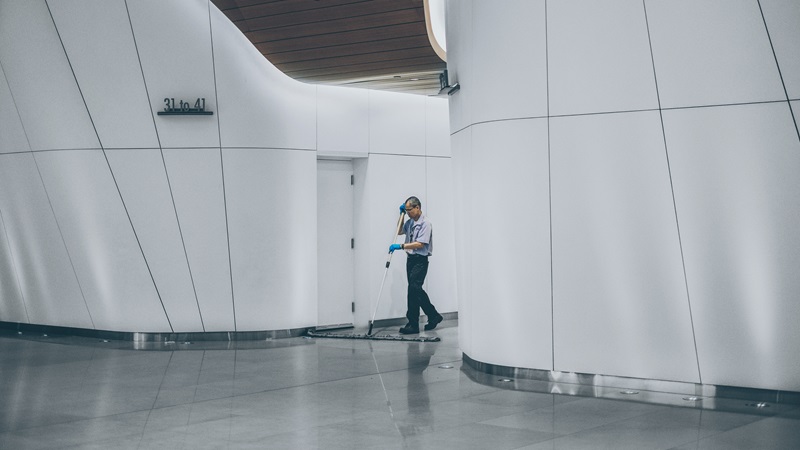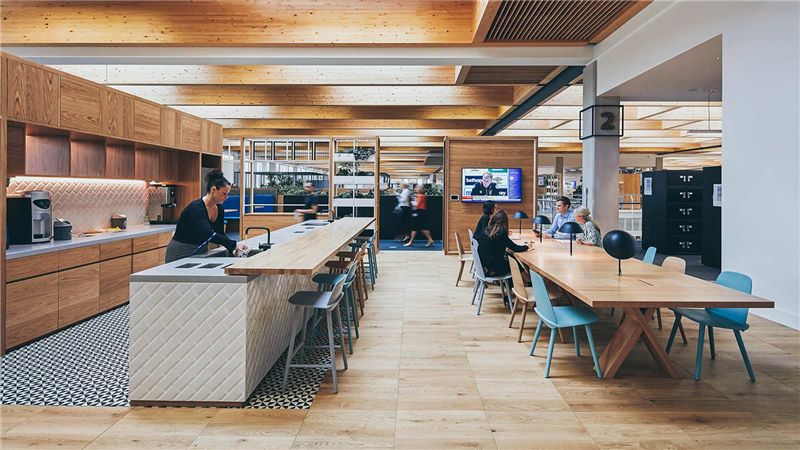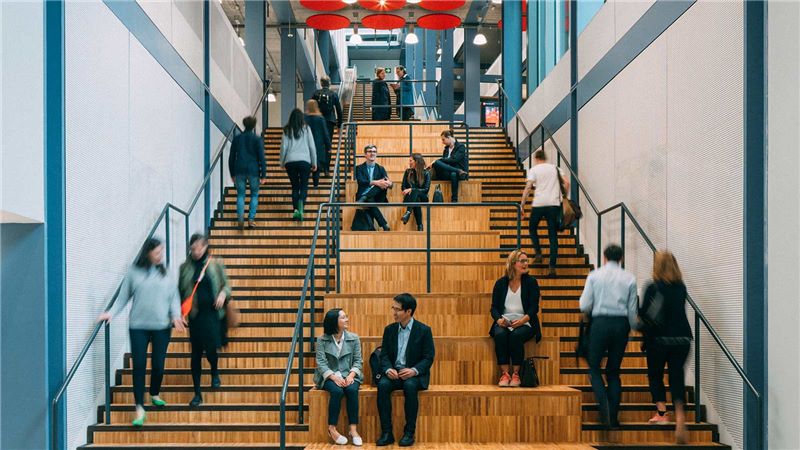How can we ensure that our workplaces are crisis-proof?
Following the worldwide government applied lockdowns in early 2020, the overnight closure of corporate buildings and public spaces caused an immediate pause on facilities activity.
When it comes to maintaining corporate offices, it is not appropriate to simply lock the door and walk away, if the building is closed unexpectedly. The cost of heating and lighting empty offices can be a huge drain, especially in times of financial uncertainty. Services such as catering can quickly become redundant when there are no employees to feed.
These services must either be paused immediately to protect against financial loss, or reduced, to ensure a level of service can be maintained that is appropriate for the building itself and the number of occupants – no matter how few.
When lockdowns were enforced no one had any idea of how long they would last, which for many businesses presented the challenge of maintaining the balance between reducing costs and being prepared to reopen corporate real estate at a moment’s notice.
During challenging and uncertain times, the need for flexibility and agility in facilities management service delivery is key and could lower the risk of financial difficulty for businesses.
While an inhouse or self-delivery model benefits from a uniform approach, a management-led service delivery model benefits from being flexible, agile and bespoke to clients’ needs, which in difficult times can provide peace of mind for business leaders.
So, what are the priorities for a crisis-proof building operation?
1. Flexibility
With a management-led solution, the service provider takes on the role of managing the facilities management supply chain on behalf of the client. While the contracts for the individual FM services sit with the client, the responsibility and relationship management lie with the provider.
With business continuity a key priority for facilities management teams, understanding which service lines could be paused during a building shut down is crucial to maintaining a cost-effective service that doesn’t compromise the building’s functionality.
A management-led delivery model provides clients with the flexibility to turn services on and off at short notice as the provider is independent from the supply chain. By implementing an account team which focusses purely on the management and governance of the services, clients can be sure that any decisions are taken with the client’s best interest at heart.
Additionally, for a global solution, multiple suppliers are often appointed to deliver the same service across different regions. This ensures that not only does the client benefit from local expertise and service coverage, but that services can easily be adapted to support local concerns while still conforming to the overall contract governance.
2. Agility
Speed is crucial should the unexpected occur. Making the right decision for the client is key but making it too late could prove costly to both the client and the FM provider.
A key benefit to operating with a third-party supply chain model is that there’s no gain or loss of any margin as a result of changing the size of the contract. This means, that the FM provider can quickly action a decision to stop or reduce services through the suppliers, according to the clients’ needs.
With a management-led solution, the usual lead time for contract changes is much shorter – as with the pandemic, workplaces globally were closed as quickly as overnight. The flexibility in the contract means clients don’t suffer any financial penalties for making swift decisions and aren’t financially tied to services in the long term.
During a crisis, speed and reaction times can make or break a business. A slow response time can lead to financial implications, both for the business and any services and suppliers it benefits from.
3. Lower risk
By partnering with a provider using a supply chain business model, clients can benefit from best in class suppliers, rather than being tethered to a service simply because it is part of the provider’s organisation.
The model also helps to lower the risk to the client. In unexpected circumstances, such as Covid-19, the model spreads the risk across a number of suppliers. Therefore, if a supplier could no longer provide a service, replacing a single service line would be preferable, instead of replacing the whole solution.
When Carillion collapsed in 2018, many of their FM clients found themselves in the difficult situation where they needed to appoint a new provider for all their outsourced services as each workstream sat with Carillion. The financial and operational risk was amplified in this situation due to the self-delivery model and bundling of services.
While self-delivery models offer consistency across service lines and in compliance, speed and flexibility will be critical should other unexpected events occur in the future, in order to ensure continued service delivery for the client and minimal disruptions to business as usual.
Looking forward, the anticipated increase in home and remote working will likely see a shift in the services offered by FM providers and suppliers, with clients increasingly looking for additional support for employees working from home.
This again may increase the range of suppliers, as workstreams are added into current facilities contract to support at home display screen equipment (DSE) assessments, ergonomic furniture and home working surveys.
It’s clear that as the needs of clients change, the fluidity of the FM industry is more important than ever, and as the questions about the future of the workplace continue to be asked, agility and flexibility from service providers is necessary, as businesses look to future-proof their operations against major threats similar to the 2020 pandemic.











